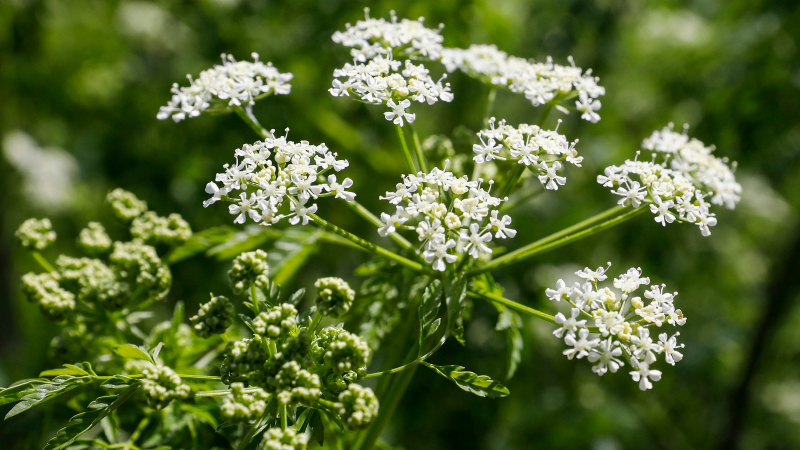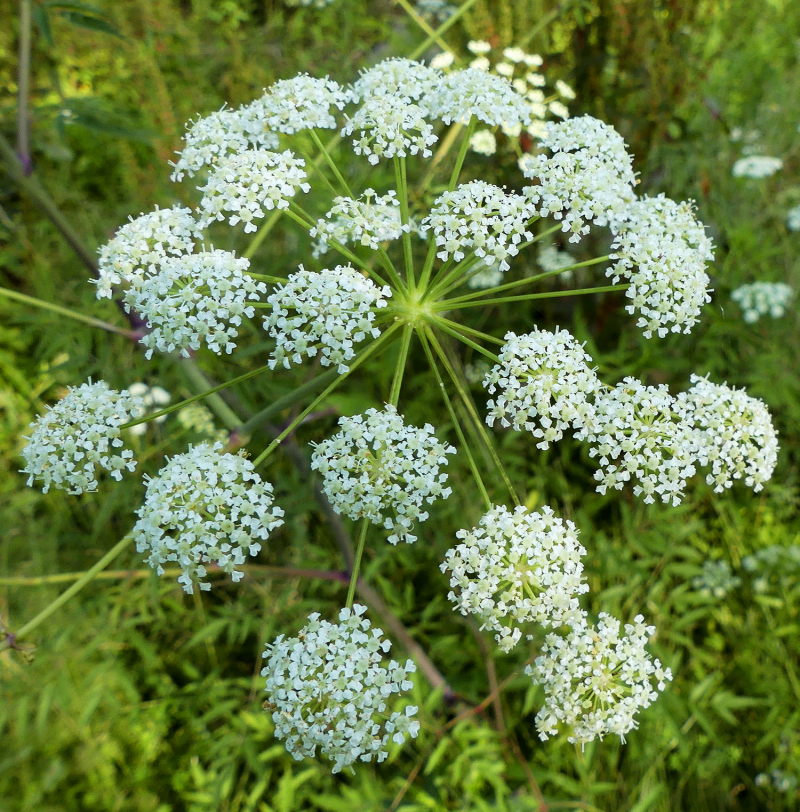Hemlock
Hemlock is widely used around the world and is frequently seen growing by the side of the road. Socrates famously (though dubiously) selected hemlock as the manner of his own execution. Devil's flower, scabby hands, and shatter your mother's heart are some of its other names. The scientific name of this plant is derived from the Greek word konas, which means "vertigo" or "whirl" and denotes the symptoms of hemlock intoxication.
Coniine, a substance that blocks the neuromuscular junction and results in asphyxia, is the lethal substance. A ventilator is required for survival. This shrub, which has an innocent appearance and is a member of the carrot family, is said to have only become poisonous during Christ's crucifixion, cursed by contact with his blood. However, its appearance remained the same, and it is frequently confused with plants that resemble it, including caraway, parsley, and wild carrot.
To identify plants, crush and smell the leaves. If you still want to eat them but they smell like "mouse urine and off parsnips," don't! Interestingly, the hemlock tree receives its name from its unrelated, yet similar-smelling leaves.
Conium maculatum, often known as hemlock water-dropwort, is another hemlock to be cautious of. It is frequently found along streams and has leaves like those of the carrot family, a "acrid celery" odor, and deadly, bulbous roots known as dead man's fingers. Storms uproot animals, and it is the latter that frequently kills dogs.
Both were applied to death, especially in Sardinia. The term "sardonic (from Sardinian) smile" originates from this tightening of the facial muscles, which causes them to contract into a menacing grimace.









